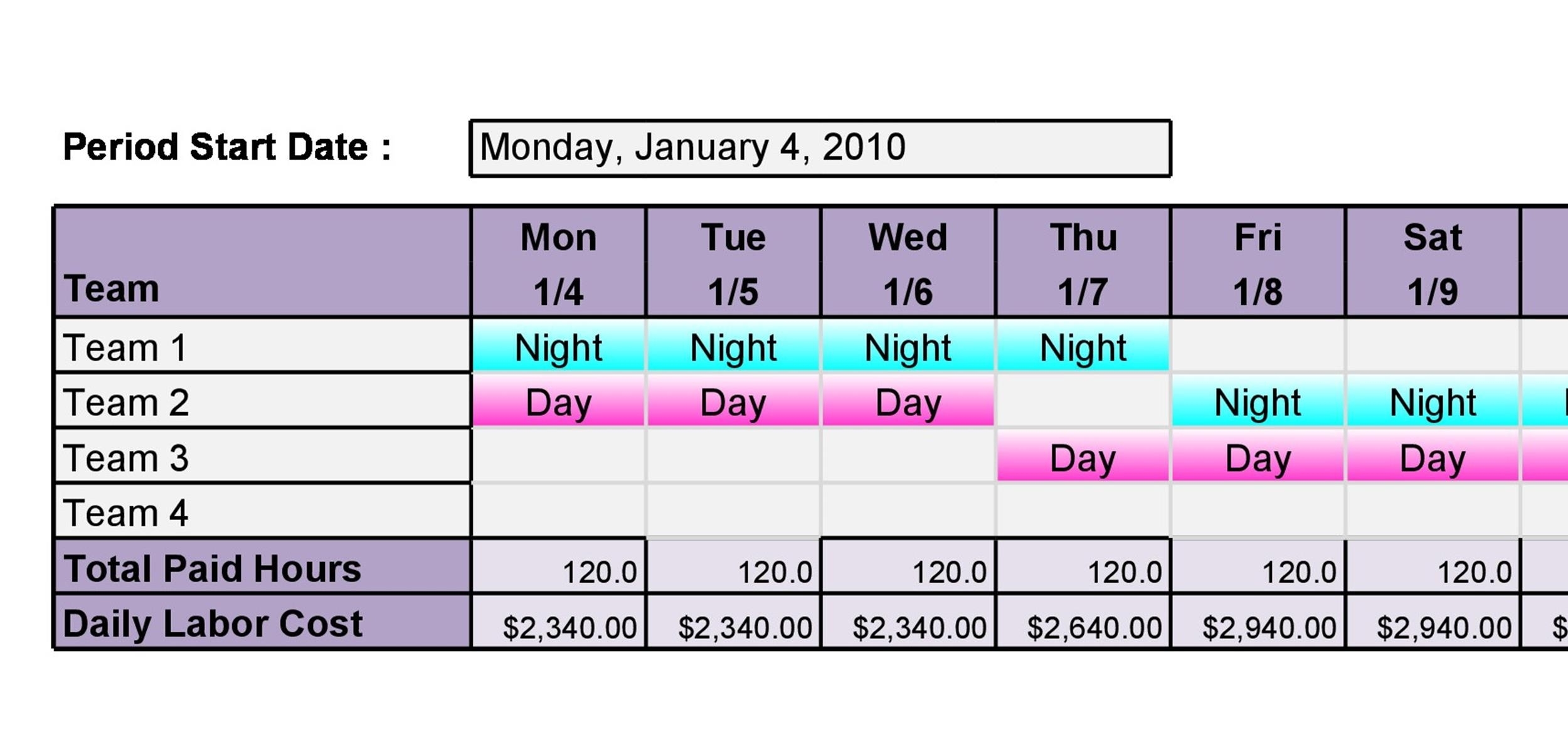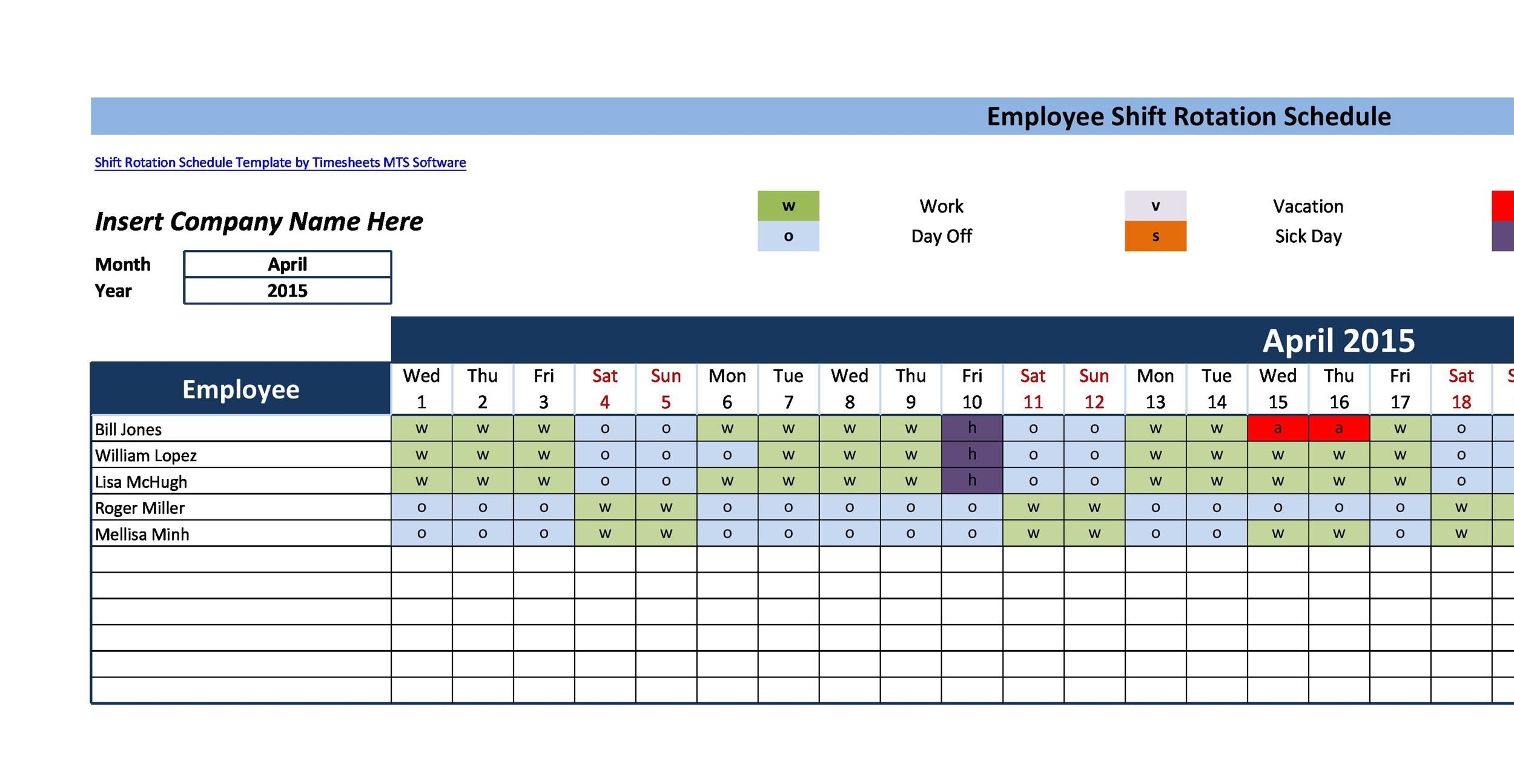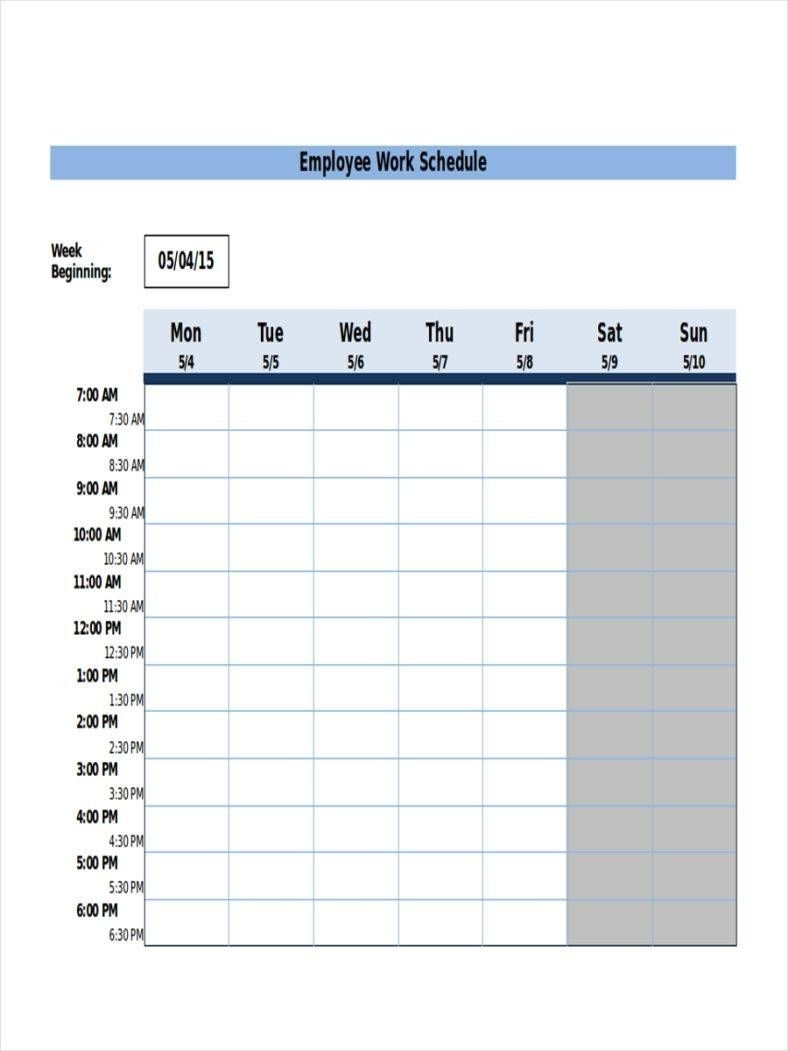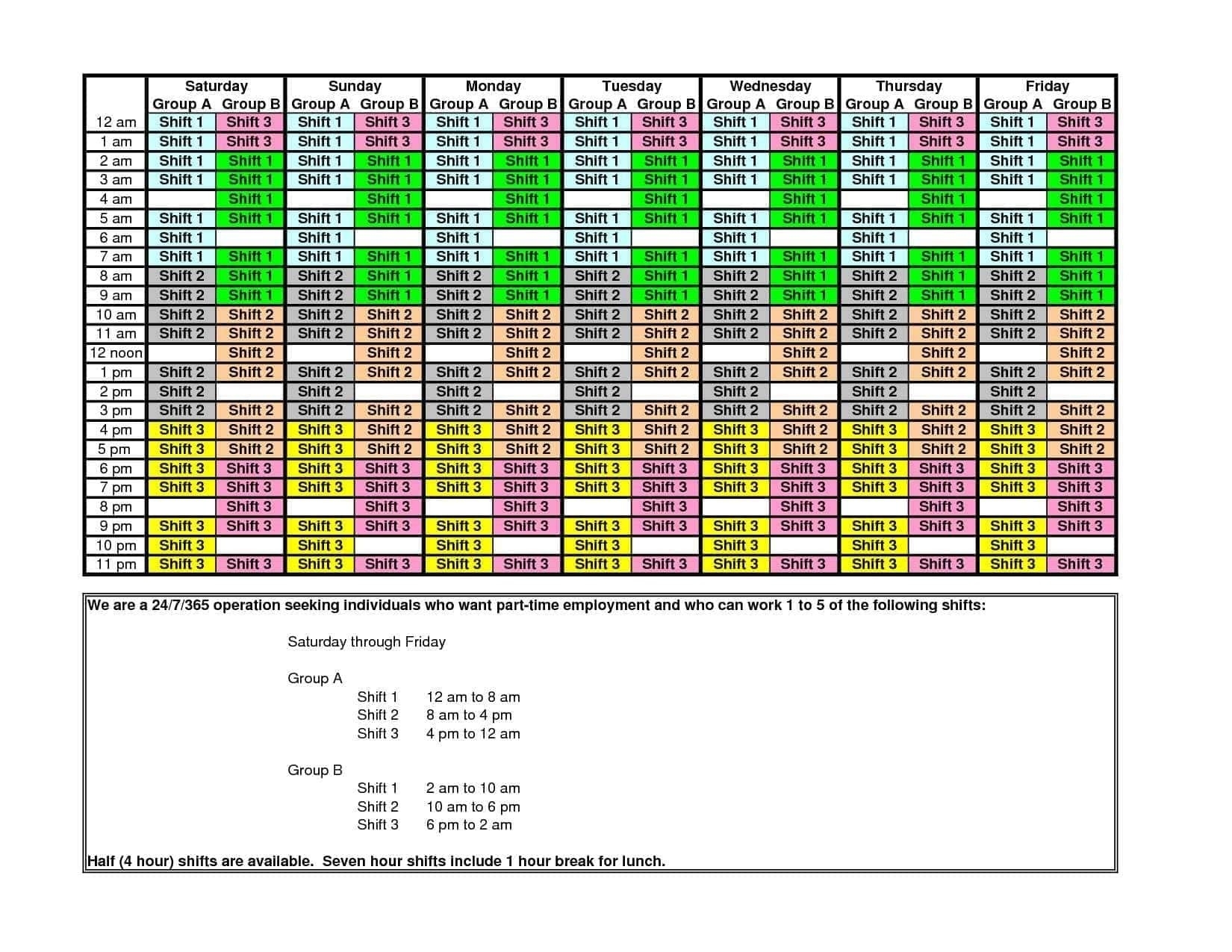
A 12-hour shift schedule is a tool used by companies in industries like healthcare, manufacturing, and public services to provide 24/7 coverage and maintain operations without overworking employees.
By utilizing longer shifts, companies can reduce the number of shift changes, improve worker morale, and potentially boost productivity.
Why Use a 12-Hour Shift Schedule?
Companies in industries that require continuous operations often face the challenge of maintaining coverage without burning out their employees.
By implementing a 12-hour shift schedule, companies can create a more sustainable work environment that ensures adequate coverage while also promoting employee well-being.
How to Create a 12-Hour Shift Schedule
Creating a 12-hour shift schedule involves carefully planning out shifts to ensure that there is always coverage without overworking employees. Here are some steps to help you create an effective schedule:
- Assess the Needs: Determine the necessary coverage for each shift based on operational requirements.
- Consider Employee Preferences: Take into account employee preferences for certain shifts or days off.
- Rotate Shifts Fairly: Ensure that shifts are rotated fairly among employees to prevent burnout.
- Use Scheduling Software: Consider using scheduling software to streamline the process and avoid errors.
Examples of 12-Hour Shift Schedules
Here are some examples of how a 12-hour shift schedule can be structured:
- 4 On, 4 Off: Employees work four 12-hour shifts followed by four days off.
- 2 Days, 2 Nights, 4 Off: Employees work two 12-hour day shifts, two 12-hour night shifts, followed by four days off.
- Panama Schedule: Employees work a combination of day and night shifts in a rotating pattern.




Tips for Successful Implementation of a 12-Hour Shift Schedule
Implementing a 12-hour shift schedule requires careful planning and consideration. Here are some tips to help ensure success:
- Communicate Clearly: Ensure that employees understand the schedule and any changes that may occur.
- Provide Adequate Breaks: Schedule regular breaks to prevent fatigue and ensure employee well-being.
- Monitor and Adjust: Monitor the schedule regularly and make adjustments as needed to address any issues that arise.
- Reward and Recognize: Recognize employees for their hard work and dedication to maintaining continuous operations.
12-hour Shift Schedule Template – Download